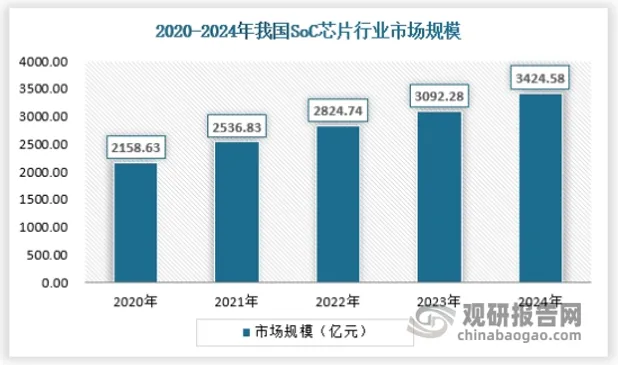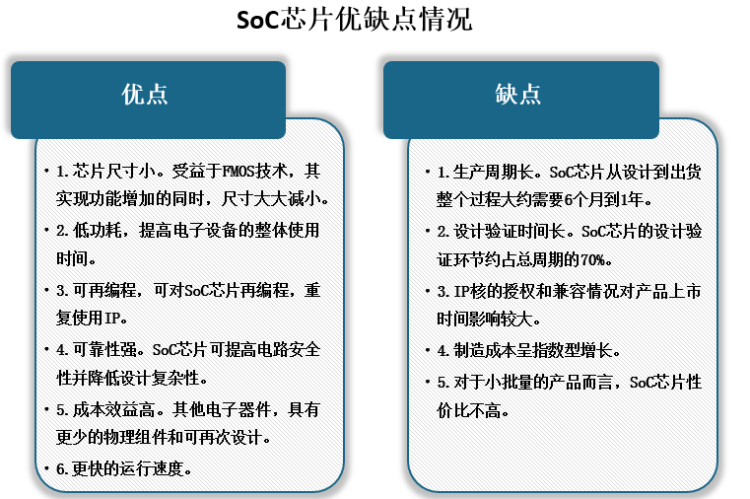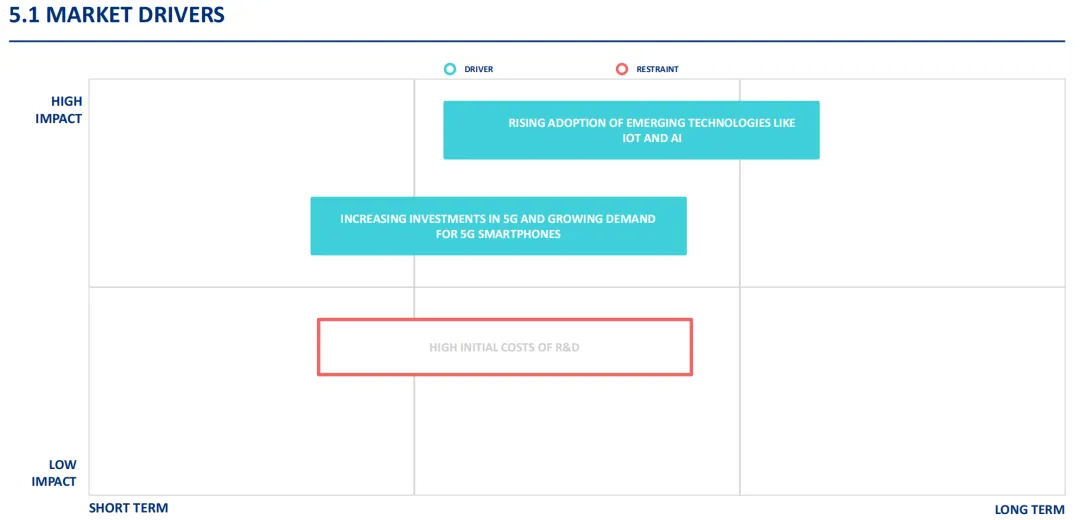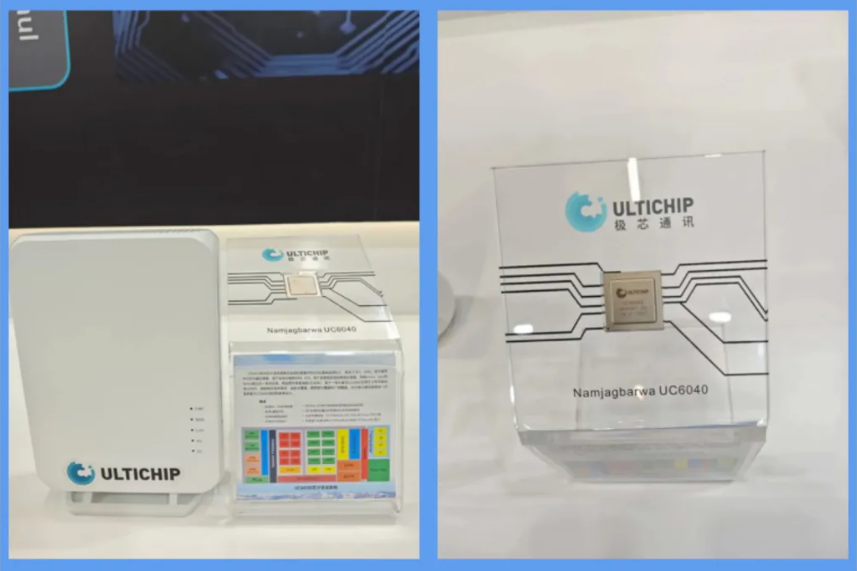Cutting-edge Technology

Chip Semiconductors
 With the continuous innovation and application of emerging technologies, SoC (System on Chip), as a chip system that integrates multiple functions, is demonstrating strong potential and competitiveness. Domestic SoCs, as important achievements of China’s technological self-innovation, are not only continuously breaking through in hardware performance but also achieving significant progress in integration, power consumption control, and security.
With the continuous innovation and application of emerging technologies, SoC (System on Chip), as a chip system that integrates multiple functions, is demonstrating strong potential and competitiveness. Domestic SoCs, as important achievements of China’s technological self-innovation, are not only continuously breaking through in hardware performance but also achieving significant progress in integration, power consumption control, and security.
01
Domestic SoC Chips Stand Out
For different downstream application fields, SoC chips need to integrate specific functional IPs, and their internal structure is complex, requiring high standards for chip design and hardware-software co-development technology. Compared to single-function chips, SoC chips have high integration and complex architecture, making them the mainstream direction of current integrated circuit design and research and development, serving as the core components for computation and control in various electronic terminal devices.SoC chips (System on Chip) are also known as system-level chips, typically integrating CPU, system control, peripheral interfaces, human-machine interfaces, and other IPs, and containing a complete operating system.According to data from the Research Report Network, by 2024, China’s SoC chip market size is expected to reach approximately 342.458 billion yuan, maintaining a good growth trend.
Source: Organized by the Research Center of Guanyan Tianxia
Based on chip technology and processes, the history of SoC can be traced back to the 1970s when microchip technology began to emerge. However, at that time, integrating an entire system onto a single chip was still a distant dream. Over time, technological advancements gradually realized this vision.
In 1974, the first chip system appeared in liquid crystal display (LCD) watches, marking the emergence of the SoC prototype. Before that, microprocessors existed only as standalone chips, requiring external chips to perform their functions.
From the 1980s to the 1990s, advancements in semiconductor manufacturing technology made it possible to integrate more components onto a single chip. The development of mixed-signal integration technology further promoted the diversification of chip functions, enabling chips to process both analog and digital signals, thus broadening their application range.
Entering the early 21st century, SoCs began to integrate wireless communication functions such as Wi-Fi, Bluetooth, and cellular modems, bringing wireless connectivity to mobile devices. Additionally, the inclusion of powerful processors and graphics capabilities made mobile devices like smartphones an indispensable part of daily life, leading to a new lifestyle.
The advantages and disadvantages of SoC chips can be summarized as follows: With the continuous advancement of domestic technological innovation, SoC (System on Chip), as a chip system that integrates multiple functions, is demonstrating strong potential and competitiveness.
With the continuous advancement of domestic technological innovation, SoC (System on Chip), as a chip system that integrates multiple functions, is demonstrating strong potential and competitiveness.
Domestic SoCs, as important achievements of China’s technological self-innovation, are not only continuously breaking through in hardware performance but also achieving significant progress in integration, power consumption control, and security.
As technology continues to develop, integrated hardware-software solutions are becoming the mainstream trend in technology product development. The application of domestic SoCs in this regard is particularly prominent, as they can provide high-performance hardware support and offer customized software solutions for different industries. For example, in smart homes, industrial automation, and smart cities, the combination of domestic SoCs and customized software injects new momentum into intelligent development.
02
Empowered by Emerging Technologies,
SoC Chips Have Broad Application Prospects
Today, the application range of SoCs is no longer limited to mobile devices. They have expanded into automotive systems, wearable devices, industrial automation, and other fields. With the continuous emergence of new technologies such as AI, machine learning (ML), and edge computing, SoCs are becoming increasingly specialized, bringing more possibilities and innovative opportunities to various industries.Specifically,SoC chips are mainly applied in the following niche markets:
1. Artificial Intelligence
With the rapid development and popularization of artificial intelligence technology, the application of SoC chips in the field of AI is becoming increasingly widespread. SoC chips, with their high performance, low power consumption, and high integration advantages, have become indispensable components in AI devices. In China, with government support and promotion of the AI industry, as well as the growing market demand for AI products, the market size of SoC chips in the AI field continues to expand.
2. Consumer Electronics
SoC chips, characterized by high integration, low power consumption, and low cost, are widely used in consumer electronic devices such as smartphones, tablets, and smartwatches. With the rapid development of technologies like the Internet of Things and artificial intelligence, the application scenarios of SoC chips are constantly expanding, including emerging fields like smart commercial displays and intelligent retail. Particularly in the field of smart driving, SoC chips, as the core “brain” of smart terminal devices, have gradually become an indispensable part of edge computing. These high-performance SoC chips not only enable intelligent interaction between smart devices and users, significantly improving device efficiency, but also drive terminal devices into the era of intelligent IoT.
3. Internet of Things
SoC chips play an important role in the Internet of Things by integrating sensors, RFID tags, and other modules to achieve perception and data collection of the physical world. In the application layer of the Internet of Things, SoC chips support various intelligent applications, such as smart homes, smart cities, and industrial IoT, providing users with more convenient and intelligent services. With the popularization and application of technologies like 5G and AI, SoC chips are innovating through integration with these new technologies, further expanding and deepening IoT applications.
In today’s digital age, System on Chip (SoC) technology has become a key force driving innovation in electronic devices. With the rapid development of emerging technologies such as the Internet of Things (IoT), artificial intelligence (AI), and 5G, the SoC market is experiencing unprecedented growth opportunities.According to semiconductor industry reports, one of the main development trends for the SoC market in the future is that technological advancements and innovations are driving the development of the SoC market, especially in the fields of 5G, AI, and IoT. As the demand for smaller sizes, higher energy efficiency, and higher performance devices increases, SoC design and manufacturing are becoming increasingly complex.
Increased global investment in 5G technology is expected to drive demand for 5G smartphones and related devices. 5G technology requires more advanced SoCs to handle higher data speeds and lower latency.

Demand for SoCs in the automotive industry is expected to grow, especially in the fields of electric vehicles and autonomous driving technology. The growth of industrial automation and smart manufacturing is expected to increase the demand for high-performance SoCs. With technological advancements and market maturity, the customization and integration of SoCs are expected to improve.
03
5G Full-stack SoC Chips Provide More Stable Solutions
The SoC market shows significant growth potential due to its wide demand across multiple application fields. Technological innovation, the expansion of industry applications, and the improvement of supply chain stability are creating more opportunities for the industry. The application of SoC technology in smartphones, automobiles, industrial automation, and medical devices is continuously growing, driving market expansion.
Recently, Jixin Communications showcased its core chips and integrated base station products at the World Mobile Communications Conference, engaging in deep exchanges with global customers and garnering numerous cooperation intentions.
As a pioneer in the communication semiconductor field, Jixin Communications enables customers to easily access, customize, and deploy wireless infrastructure. Utilizing its self-developed Application-Specific Instruction-set Processor (ASIP) technology, Jixin Communications provides SoC solutions that comply with O-RAN specifications, including baseband and protocol processors for wireless communication infrastructure. The company offers comprehensive reference designs, in addition to SoCs, also providing micro, pico, and femto base stations based on self-developed chip solutions, including integration of corresponding software and hardware and customized distributed products. Due to the low cost and low power consumption of Jixin Communications’ solutions, they play a key role in helping operators reduce costs and operational expenditures.
At this exhibition, Jixin Communications presented its impressive 5G full-stack SoC chips, providing lower-cost, more energy-efficient, and more stable solutions for wireless communication products. The UC6000 series chips, with high performance and stability, are compatible with multiple protocols and interfaces to meet the needs of various wireless communication scenarios; the UC1040/1046 communication chips are designed specifically for 5G small base stations, adapting to diverse deployment needs. This exhibition garnered widespread attention for Jixin Communications, and in the future, small base stations will be a core element in the evolution of communication networks, with high-density connections and frequent communication demands bringing broader market opportunities.

As a steadfast explorer of core technologies in the communication industry, Jixin Communications is committed to the mission of “Building the Future with Chips” and will continue to deepen its focus on core chips and products for 5G communication networks, contributing to the further development of the industry.
References
https://mp.weixin.qq.com/s/LSH_wMWib5pZhO1C-LoA_g
https://mp.weixin.qq.com/s/ntrsTOnwFB0ov09Gwl0cEQ
https://mp.weixin.qq.com/s/718dCVodxZqZlQ_CjNN1Qw
END
Related Reading
-
「X-ORIGIN-AI」completes nearly 100 million Pre-A round financing, shaping a new ecosystem for AI hardware | Star Technology • Robotics/Intelligent Machines
-
Domestic robots accelerate their rise, using embodied large models to solve the challenges of open scene implementation | Star Technology • Robotics/Intelligent Machines
-
Smart office accelerates evolution, AI Agent leads the transformation | Star Technology • Specialized and New “Little Giants”
-
Aixin Yuanzhi completes over 1 billion C round strategic financing, further consolidating its leading position in the industry | Star Technology • Chip Semiconductors
-
Data elements × large models, opening a new paradigm for safe and efficient circulation | Star Technology • General Security
-
The AI wave accelerates, empowering hundreds of industries to benefit people’s livelihoods | Star Technology • Specialized and New “Little Giants”
